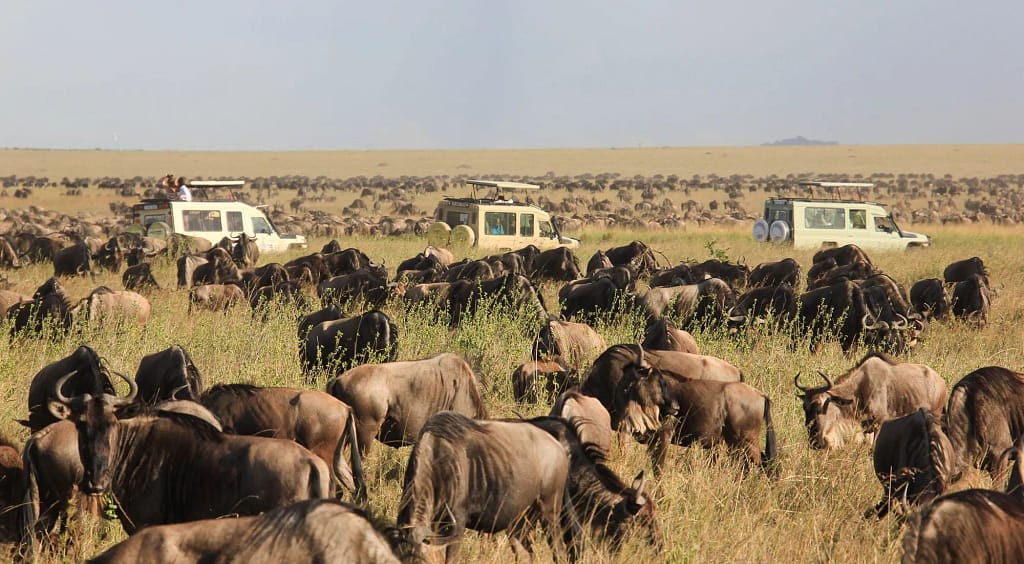Kenya’s Maasai Mara National Reserve has achieved a prestigious international milestone — it has been officially recognized and included in the World Book of Records (UK) under the title: “World’s Greatest Annual Terrestrial Wildlife Migration.”
The announcement was formally made through an official letter dated July 10, 2025, addressed to Narok County Governor Patrick Keturet Ole Ntutu, celebrating the Maasai Mara’s extraordinary role in hosting the planet’s most dramatic wildlife migration. This recognition marks a proud moment not just for Narok County but for all of Kenya, affirming the country’s global standing as a leader in wildlife conservation and eco-tourism.
According to the World Book of Records, the inclusion honors the reserve’s role in showcasing the largest annual land animal migration on Earth, involving over 1.5 million wildebeests, zebras, and antelopes navigating the expansive Serengeti–Mara ecosystem. This natural phenomenon is one of the few remaining large-scale animal migrations in the world — a spectacle that draws tens of thousands of international tourists each year.

This global recognition is more than just a title. It amplifies Kenya’s brand as a top-tier eco-tourism destination, enhances international visibility for the Maasai Mara and its surrounding communities, and strengthens the country’s position in global conservation dialogues.
Kenya is already celebrated for its efforts in preserving wildlife through community-led conservancies and sustainable tourism. This latest accolade places a spotlight on those successes and opens new doors for partnerships, funding, and global appreciation of the country’s environmental assets.
In the letter signed by World Book of Records President Santosh Shukla, the organization expressed its intent to present the official record certificate at the reserve in person, marking the occasion with a ceremony at the Maasai Mara campus.
“This remarkable recognition honors the ecological significance of the Maasai Mara and highlights Kenya’s exceptional contribution to wildlife conservation, global biodiversity, and sustainable eco-tourism,” the statement read.
Established in 1961, the Maasai Mara National Reserve is one of Africa’s most iconic wildlife sanctuaries. Located in southwestern Kenya, it spans over 1,500 square kilometers and is part of the greater Mara-Serengeti ecosystem that straddles the Kenya-Tanzania border.
The reserve was named in tribute to the Maasai people — the region’s indigenous pastoralists who continue to play a vital role in conservation — and the Mara River, whose winding path sustains the ecosystem’s rich biodiversity.

But it is the Great Wildebeest Migration that has captivated the world. Every year from July to October, vast herds move across the plains in search of greener pastures, braving predator-infested waters and arid terrain in what has been called the “Seventh Natural Wonder of the World.”
This epic journey is not just a visual marvel — it’s a cornerstone of ecological balance and a key driver of tourism revenue in Kenya, generating livelihoods for thousands and supporting critical conservation work.
With this new honor from the World Book of Records, Kenya not only celebrates the majesty of Maasai Mara but also cements its place in global history books. It is a moment of pride, a reminder of the value of protecting our natural heritage, and an invitation to the world to witness a true wonder — alive and thriving in the heart of Kenya.




